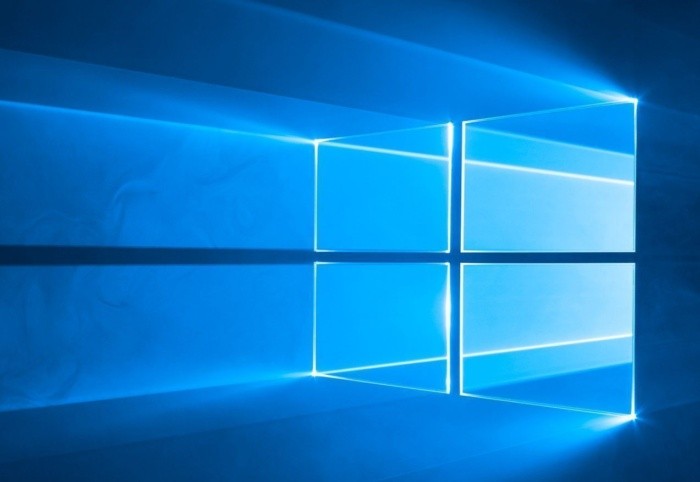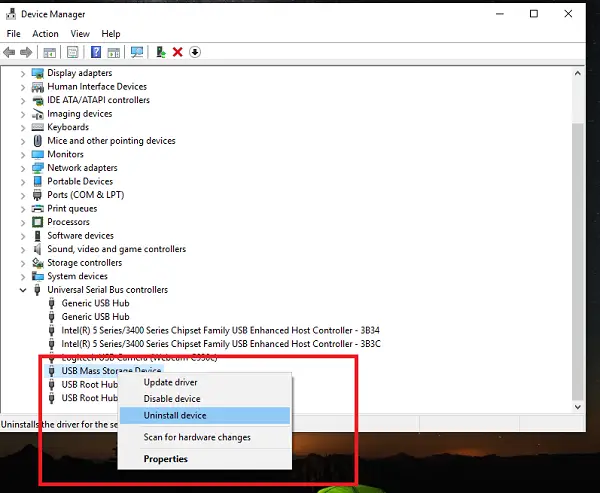- In order to write applications using NDIS, one can use samples that accompany Microsoft's Windows Driver Kit (WDK). The 'PassThru' sample is a good starting point for intermediate drivers as it implements all the necessary details required in this driver type, but just passes the traffic through to the next driver in the chain.
- Go to Device Manager (right click on My Computer, choose Manage and then find Device Manager in the left panel), or right click on Start Menu for Windows 10 and select Device Manager 3.
Drivers Microsoft Port Devices App
This article describes an issue that occurs when you use a FireWire port-based device in Windows 8.1 or Windows 8. Additional steps of configuration is required to enable this update after the installation.
Windows device driver information for Microsoft USB GPS Port Microsoft USB GPS Port is a communication channel developed by Microsoft and used by the USB GPS receiver to facilitate communication from the GPS receiver to the user. Users utilize the USB GPS Port to connect to their GPS receivers and communicate with them.
Symptoms
Assume that you have a computer that equips with an IEEE 1394 FireWire controller card. After you upgrade the computer from Windows 7 to Windows 8.1 or Windows 8, devices that connect to the computer by using a FireWire port do not work.
Cause
This issue occurs because the legacy 1394 bus drivers (1394bus.sys and Ochi1394.sys) are removed in Windows 8.1 or Windows 8.
Resolution
Update information

How to obtain this update
Microsoft Download Center
The following files are available for download from the Microsoft Download Center:
Operating system | Update |
|---|---|
All supported x86-based versions of Windows 8.1 or of Windows 8 | |
All supported x64-based versions of Windows 8.1 or of Windows 8 |
For more information about how to download Microsoft support files, click the following article number to view the article in the Microsoft Knowledge Base:
119591 How to obtain Microsoft support files from online services Microsoft scanned this file for viruses. Microsoft used the most current virus-detection software that was available on the date that the file was posted. The file is stored on security-enhanced servers that help prevent any unauthorized changes to the file.
Additional steps of configuration requirement
After you install the 1394 OHCI Legacy Driver.msi file, follow these steps:
Right-click the Legacy1394.inf file under one of the following paths based on the computer's architecture:
C:Program Files1394 OHCI Compliant Host Controller (Legacy)x86_driver
C:Program Files1394 OHCI Compliant Host Controller (Legacy)x64_driver
Click Install.
Open Device Manager in Control Panel.
Expand IEEE 1394 Bus host controllers, and then locate the host controller.
Right-click the host controller, and then click Update Driver Software.
The screen shot of the host controller and the Update Driver Software is listed in the following example:Click Browse my computer for driver software.
Click Let me pick from a list of device drivers on my computer.
Click Generic1394 OHCI compliant host controller (Legacy), and then click the Next button.
Click the Close button.


Prerequisites
There are no prerequisites for installing this update.
Registry information
To apply this update, you do not have to make any changes to the registry.
Restart requirement
You have to restart the computer after you apply this update.
Update replacement information
This update does not replace a previously released update.
File information
The global version of this hotfix installs files that have the attributes that are listed in the following tables. The dates and the times for these files are listed in Coordinated Universal Time (UTC). The dates and the times for these files on your local computer are displayed in your local time together with your current daylight saving time (DST) bias. Additionally, the dates and the times may change when you perform certain operations on the files.
Windows 8.1 and Windows 8 file information notesThe MANIFEST files (.manifest) and the MUM files (.mum) that are installed for each environment are not listed
For all supported x86-based versions of Windows 8.1 or of Windows 8
File name | File version | File size | Date | Time | Platform |
|---|---|---|---|---|---|
1394_ohci_legacydriver.msi | Not Applicable | 208,896 | 15-Aug-2014 | 20:48 | Not Applicable |
For all supported x86-based versions of Windows 8.1 or of Windows 8
File name | File version | File size | Date | Time | Platform |
|---|---|---|---|---|---|
1394_ohci_legacydriver.msi | Not Applicable | 208,896 | 15-Aug-2014 | 20:48 | Not Applicable |
Status
Microsoft has confirmed that this is a problem in the Microsoft products that are listed in the 'Applies to' section.
More Information

Steps of uninstalling the 1394 OHCI Legacy Driver.msi file
Open Control Panel in the Category view.
Click Uninstall a program in Control Panel.
Right-click 1394 OHCI Compliant Host Controller (Legacy), and then click Uninstall.
The screen shot of uninstalling the 1394 OHCI Compliant Host Controller (Legacy) is listed in the following example:
Additional package information
This driver is only intended to work with legacy 1394 host controllers. Therefore, you may experience lower transfer data rates than the 1394b driver.
The driver is intended to resolve compatibility issues for 1394 peripherals on 1394b systems. If you are not experiencing these issues, you should continue to use inbox drivers that are provided in Windows 8.1 or Windows 8.
You have to reinstall this stand-alone driver package if you upgrade to a newer operating system version in the future.
For more information about software update terminology, click the following article number to view the article in the Microsoft Knowledge Base:
Drivers Microsoft Port Devices Replicator
824684 Description of the standard terminology that is used to describe Microsoft software updates
Category: Other
Manufacturer: Pharos, Prolific
Caution Level: Intermediate
Download File Size: 2.0 MB
Operating System: Windows 95/98/98SE/2000/2003/XP/ME/NT4
Latest Version / Release Date: 2.0.0.26 / 04 Jul 2010
Windows device driver information for Microsoft USB GPS Port
Microsoft USB GPS Port is a communication channel developed by Microsoft and used by the USB GPS receiver to facilitate communication from the GPS receiver to the user. Users utilize the USB GPS Port to connect to their GPS receivers and communicate with them. The GPS receiver permits real time navigation using tone's laptop for route positioning as well as graphical plotting. All the user has to do is load the GPS driver, plug in the GPS receiver to the USB port of the PC and install their own street mapping to be able to view their real-time position compared to the streets that are found around the travel area. Before the street mapping software is installed, the COM port must be configured so that it can accept the GPS receiver. It is only after this that the GPS receiver can be plugged into the laptop.
Outdated Drivers?
Unless you update your drivers regularly you may face hardware performance issues.
To check your drivers you should manually verify every device on your system for driver updates
For one to verify if the COM port has been assigned to their GPS, they should open “Control Panel” then press “System” and choose “device manager”. One should then locate “Port (COM and LPT) then maximize it. USB to Serial port will be displayed and it will be assigned to the COM port. Users should note that they will need to change the mapping software's baud rate to 4800. If this is not done, the GPS data may not be accessed. Users of the USB GPS receiver are advised to plug the USB GPS in only after they have installed the USB driver. For the device to function effectively and efficiently, users are advised to always ensure that they are using the latest version of the device driver. Old versions have been known to create conflict and produce errors in the work in the work of the device. It is highly recommended you run a free registry scan for Windows and Microsoft USB GPS Port errors before installing any driver updates.
